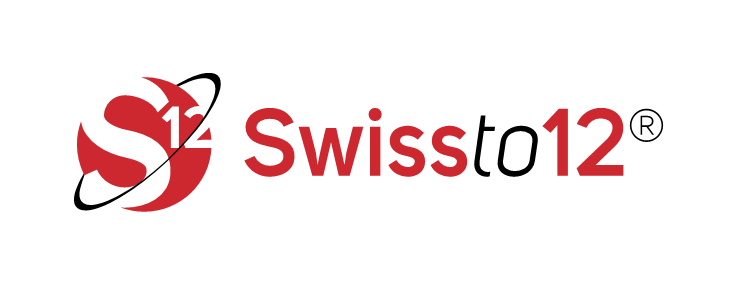-
StatusCompleted
-
Status date2021-03-09
-
Activity Code5C.269
The objective of this activity is to explore the use of additive manufacturing for the development of BFN products for use in telecom multi-beam mission payloads.
The activity comprises:
- Survey of available AM technologies and an analysis of the best fitting manufacturing route to produce miniaturized BFN products for space applications.
- Evaluation of the applicability of SWISSto12’s novel AM approach for this type of complex RF parts.
- A preliminary RF and mechanical design of a miniaturized BFN product in line with typical multi-beam mission requirements.
- AM of such a designed miniaturized BFN product and extensive RF, thermal, and mechanical testing of its performance.
- An analysis of the project’s results and planning of further developments leading towards a space-qualified product with the aim of a follow-up project including a flight opportunity.
- The breadboard occupies a significant part of the 3D printing platform. The effect of local variations in the 3D-printer during manufacturing on the RF performance needs to be evaluated.
- The machining of the breadboard is quite challenging. There are many holes and the risk that metal shavings slip into the waveguide channels during machining of the part is particularly high.
- The metallisation of the breadboard is also demanding, due to the its high total surface. A good chemical flow should be guaranteed at any time in all the waveguide channels to reach a homogeneous plating.
The main advantages of the designed breadboard with respect to the equivalent BFN manufactured using conventional machining are the following:
- No assembly: The proposed breadboard is a single, monolithic part while the conventional one consists of the assembly of 5-6 machined plates.
- Reduced weight: The weight of the AM breadboard is between 360 to 400 g (depending on if it is metal-plated or not to improve the insertion losses), while the conventional part has a weight of approximately 1.15 kg! This corresponds to an important mass reduction of the order of 65%.
In this activity, a breadboard containing 5 TX and 5 RX BFN elements is designed, manufactured (using Selective Layer Melting technology) and tested. Each element contains a hybrid E-H divider, so it is a 5-port device from an RF point of view. The common port is a standard rectangular waveguide (WR51 for TX and WR34 for RX), while the other ports are low-profile waveguides to ensure compactness. The TX and RX elements are interleaved following a complex pattern to ensure further miniaturization of the overall footprint.
The breadboard is designed specially for additive manufacturing and – more specifically – for vertical 3D-printing using the SLM technology, resulting in an all-metal, monolithic part. To this end, custom hexagonal waveguide sections have been used for the waveguide bends after the E-H divider. Transitions from hexagonal to low-profile rectangular waveguides are included in the design to ensure compatibility with the surrounding subsystems. Finally, a common bottom flange for all the BFN elements is designed to rigidify mechanically the part.
The Thales Alenia Space TX/RX Multiple Feed per Beam (MFB) solution offers a very miniaturised 4 access, dual-polarised TX/RX KISS feed combined with low cost, low loss, and large bandwidth beam forming networks.
These Quad MFB antennas provide high RF performances beams with only two reflectors. Each beam is generated by a cluster of 4 horns, some of them being shared with adjacent clusters to provide an adjacent beam (same frequency band, but opposite polarizations).
The mission is fulfilled by 2 antennas. The whole coverage is formed thanks to the superposition of the two lattices. The horns are fed by a modular low-loss and very compact beam forming network without any orthogonal law constraints that would reduce the antenna RF performances.
In this activity, the emphasis is given to the redesign and additive manufacturing of the beam forming networks of the MFB antenna, with a primary goal the reduction of their weight.
During the first phase of the activity, three different manufacturing routes based on various AM technologies are investigated. A simple demonstrator implementing a new hybrid E-H divider is designed and manufactured to compare the three manufacturing routes and select the most promising among them for the breadboarding phase.
At the Preliminary Concept Review, the breadboard concept is selected. The breadboard is designed according to the needs of the selected AM technology, manufactured, and tested (RF, thermal, and mechanical testing). During the design work-package, some simplified parts are produced for de-risking purposes and in order to fine-tune the manufacturing route.
The project has been successfully, completed resulting in the manufacturing and testing of three representative BFN breadboard units.




